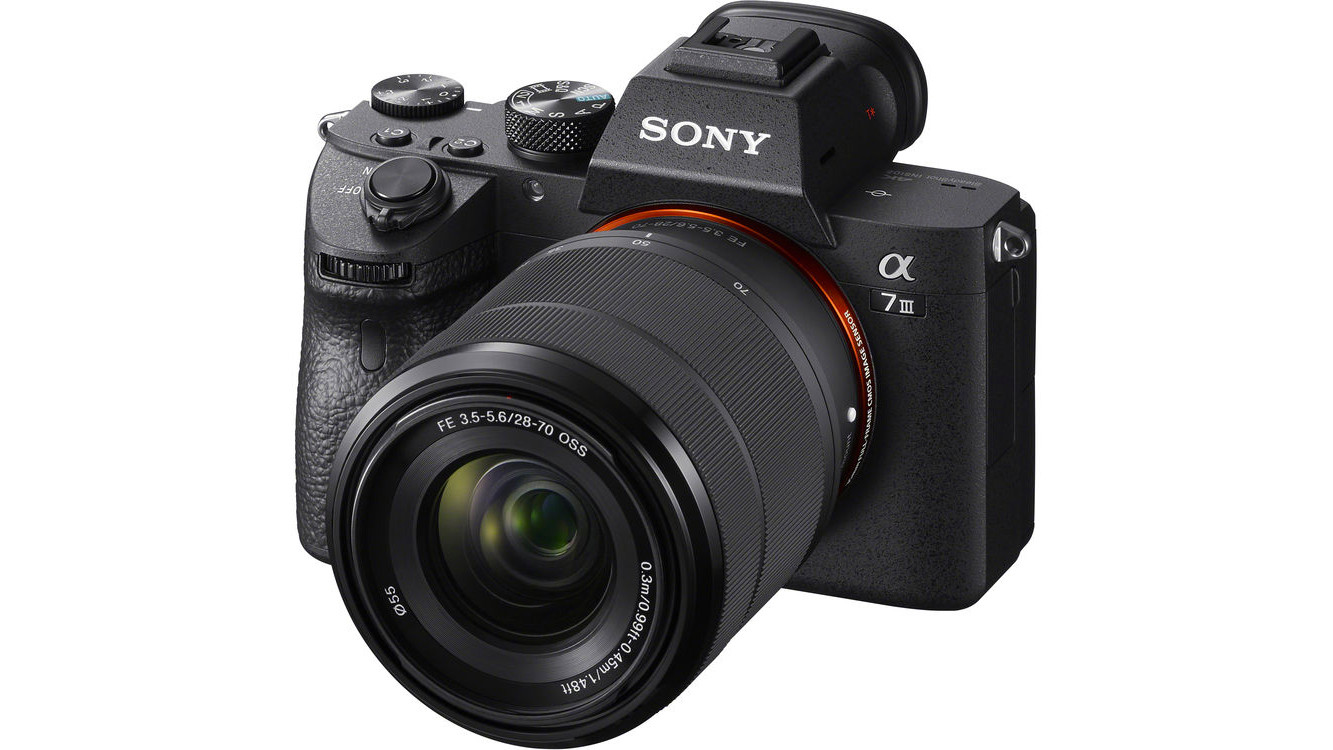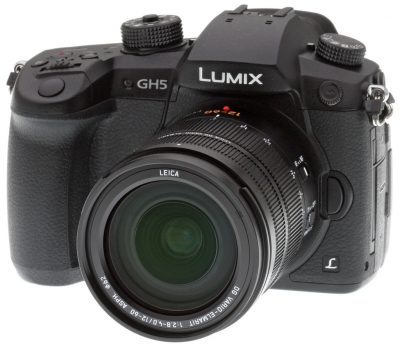Given that I recently upgraded my digital camera after spending quite some time researching the options, I thought I would share what I have learnt about the various camera systems available at the moment. I am generally company agnostic for the most part, so I was interested in learning what the relative strengths and weaknesses of the camera manufacturers are at the moment. I’ll leave the disclaimer here that I am not a professional photographer and I have not tried every single camera on the market, so any conclusions I draw are generally from the point of view of a enthusiast consumer. Also, my views are based on the current state of the market. Things will no doubt change in the future, but I will try to be mindful of this and also offer my views on how I expect camera lines to evolve over time.
Do I even need a camera?
Before I carry on and discuss the relative strengths and weaknesses of each major manufacturer, I briefly want to address the issue of whether one even needs a camera today. It is sometimes said that the best camera is the one you have with you, and most of us carry around smartphones with reasonably good quality cameras all the time. They are designed to be easy to use, are usually fast to take out, take both stills and video, and are essentially computers that even provide the option for you to edit and share photos all in a single device. Most cameras are archaic by comparison. They often have horrible interfaces, finicky controls, barely functional connectivity, and so on.
So then, why would anyone ever buy a camera? Image quality and manual control. That’s basically it. You will pretty much always get better image quality in a standalone camera because the image sensor is usually larger than on a smartphone, and the lenses are better quality and can be interchanged (unless it’s a compact camera, but more on that in a bit). Cameras also have dedicated controls because they are a device with only one purpose, unlike the jack-of-all-trades smartphone. Therefore, if you are enthusiastic about taking photos as a hobby or art-form, or want to learn to become a professional, then you should get an interchangeable-lens camera.
Compact cameras or ‘point-and-shoots’ are essentially the same thing as a smartphone. They usually have the advantage of a slightly bigger sensor and a slightly better lens with optical zoom, but they also sacrifice a lot of other quality of life features that you get in a phone. At this point in time, I think many people agree that point-and-shoot cameras are dead. The small increase in image quality is generally not worth carrying another device around with you. Just get a smartphone with a good-enough camera and be done with it. However, if you do want something more for high quality photos and/or high quality video, then you’re really looking for either a DSLR or a mirrorless camera with interchangeable lenses. If you are looking for either of these, then read on.
Comparative advantages of each brand
Canon
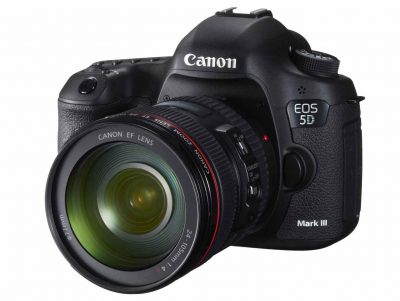
Canon have been, and are still, market leaders when it comes to photography. I’m not going to go into a history lesson (Tony & Chelsea Northrup have great videos on the history of camera manufacturers), but it’s difficult to talk about cameras without mentioning Canon first. However, market leaders often get lazy, and that has been an issue for Canon as well in the last decade or so. We are in the middle of a transition from traditional DSLRs, which are based on the single-lens reflex cameras that have a mirror in them that lets you see optically directly through the lens, to mirrorless cameras that are almost completely electronic. It used to be the case that there was a trade off between mirrorless and DSLRs. For example, focusing speed and battery life on early mirrorless cameras were awful compared to even cheap DSLRs. However, today, even the slow-moving giants like Canon and Nikon have begun the transition to mirrorless.
The problem is, they have been beaten to the punch technologically by manufacturers that made the switch sooner, and so have had more time to iron out the kinks. Canon’s high end DSLRs are still among the best cameras out there, but their mirrorless flagship cameras (e.g. the EOS R) are only in their first generation, and are generally lacking relative to the competition. However, there is still one ace that Canon has up its sleeve – it’s incredible range of available high quality lenses. The EF mount lenses have been around for a while, and so you can probably get a used bargain for an amazing quality lens much more easily than you would for a newer mirrorless lens mount. The new RF mirrorless lenses are also fantastic, even though the bodies are sub-par.
Therefore, I would say that if you are not necessarily concerned with the latest technology, a very very solid and cost effective option for high-end photography would be to try to pick up a used Canon DSLR. You’d then be opening yourself up to experiment with a huge range of affordable and interesting lens options. If Canon do eventually offer something good on the mirrorless front in the future, you will still be able to use the EF lenses you may have collected via an adapter. Canon images tend to look very good out of the camera as well, so that’s another bonus if you are the kind of person that doesn’t like playing around with images in post.
Verdict: Buy a Canon DSLR (preferably used) if you want a massive choice of lenses and are an enthusiast who doesn’t mind carrying a bunch of stuff around. Their mirrorless EOS R series is not as good as competitors, but might end up being a good upgrade option in the future if you build up a collection of Canon lenses.
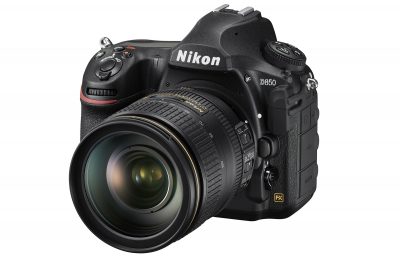 Nikon
Nikon
Nikon have traditionally been the main rival to Canon, offering equally high quality, high-end professional cameras with an equally extensive range of lenses. There are some advantages that Nikon cameras have over Canon and vice-versa, but it’s largely a matter of personal preference in most cases. The problem today, however, is that I’m not sure where Nikon are going. They have a massive library of F mount lenses for their DSLRs, and their high end pro-level cameras like the D850 are valued by many. They also, unlike Canon, have actually released decent full-frame mirrorless camera bodies in the Z6 and Z7, though they too do suffer from shortcomings that their more technologically advanced competitors do not.
It’s difficult to go wrong with pretty much anything in Nikon’s DSLR or mirrorless range, but my issue is that for any particular purpose, there’s something else that is better. Having previously owned a D5300 for about 5 years, I can say that there was nothing that bad about the camera. In fact, it’s one of the best cameras you can get for that price point. Most of the photos on this website (at the time of writing) were taken with it. However, there are usability niggles that just make it a bit of an annoying camera to use and navigate around at times. Canon DSLRs have worse image quality but better usability, arguably better lenses, and to some extent a clearer upgrade path. The video quality is great but video autofocus is awful. So how about if you want image quality then? Well, Sony seems to be the king in that area with their amazing full-frame sensors. The only real reason I can see to buy a new Nikon camera is if you are already invested in the Nikon ecosystem of lenses and accessories, and in that case you probably aren’t reading this anyway.
Verdict: Unless you are already own a lot of Nikon gear, there’s not much reason to buy a new Nikon camera at this point in time.
Sony
Sony still makes their A-mount DSLRs which are essentially the natural evolution of Minolta cameras, who they bought just over a decade ago. However, Sony have been the trendsetters in the mirrorless camera world – so much so that many traditional pros have transitioned over from using Canon DSLRs to Sony mirrorless cameras for their work. Aside from also making some interesting fixed lens cameras, Sony primarily has the a6000 series APS-C sensor cameras (the next sensor size down from full-frame) and the a7 series of full-frame sensor cameras. Although their APS-C cameras are very good, they don’t seem to be the best option if you are set on that sensor size. Really, Sony cameras are all about full-frame. The a7 series managed to fit a pro-level full-frame sensor into a body that is smaller than many APS-C sensor DSLR cameras.
Although earlier models had their flaws, the 3rd generation seems to have solved most of them. In particular, the battery life is on par with many DSLRs. Indeed, I replaced my Nikon D5300 with a Sony a7iii, and there is basically nothing that I miss from having a DSLR (apart from maybe a slightly more ergonomic hand grip). The a7 cameras also do high quality video, have incredible autofocus, and have in-body image stabilisation. The in-body stabilisation is extremely useful because it means you can use light and fast prime lenses that generally don’t have any in-lens image stabilisation.
There are some downsides to the Sony option, but these are mostly personal. For example, the ergonomics of the camera, being quite small, can be annoying. The menu system can be frustrating for some, and there is definitely room for improvement, although personally I prefer it to Nikon’s menu system. The lens selection is extensive because Sony have had a lot of time to build up their mirrorless lens mount. However, the price of their higher end lenses can be much dearer than equivalent Canon or Nikon options in the DSLR world. Even so, if you want a new full-frame camera, the Sony a7iii, a7riii, or a7riv are the natural top recommendations at the moment.
Verdict: Buy the a7 series if you want a jack-of-all-trades full-frame camera that can produce extremely high quality stills and video. Avoid the a6000 series APS-C cameras, since the best Sony lenses are full-frame anyway.
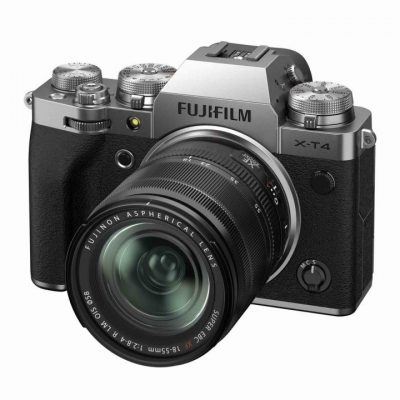 Fujifilm
Fujifilm
If you want a new APS-C sensor camera, then Fuji is the go-to option at the moment. Fuji, like Sony, were much quicker to jump over to new mirrorless technology than Canon or Nikon, and so also have a very developed ecosystem of lenses and camera bodies. The APS-C sensor size means that cameras and lenses can be made smaller and lighter, though the higher-end bodies are not that far off the weight and size of the full-frame Sony a7 cameras. Compared with Sony, Fuji has arguably better usability and quality-of-life features. Specifically, the cameras have made a name for themselves by offering separate physical dials for ISO, aperture, and shutter speed. This means it’s very easy to select your picture settings without having to wade through menus, which can make it very convenient to set up a shot quickly. Usability is, of course, subjective. Therefore, it would definitely be wise to try a Fuji camera first to see if you like the experience. Those that do like the ‘Fuji way’ end up finding that it has something that no other camera brand seems to offer at present.
Although they started out focusing on the still photo experience, video quality on the latest Fuji cameras has become better than many alternatives. If you are primarily a video shooter though, there are potentially some niggles inherent in the Fuji way of working that could be an issue (e.g. non-smooth aperture stepping). I’d recommend trying one yourself first.
As I alluded to earlier, one of the big annoyances in the Sony APS-C world tends to be having enough quality dedicated APS-C lenses. Both Sony and third-party manufacturer options tend to focus on full-frame lenses. While you can use these lenses on the smaller APS-C cameras as well, the problem is they add size and weight to the overall package. This contradicts one of the main reasons to buy an a6000 series camera over the a7 series – having a more compact form factor. In contrast, Fuji doesn’t make any full-frame cameras, so all of their lens production is essentially focused on providing the optimal experience for APS-C sensor cameras. This means they can focus on producing a wide range of very high quality lenses that also have a smaller form factor than their full-frame equivalents. The drawback though is that the native Fujinon lenses can be very pricey, and there are relatively few third party lens options for the Fuji system.
In addition to their main line of APS-C sensor cameras, Fuji also now makes large sensor ‘medium-format’ digital mirrorless cameras. These are extremely expensive (in the tens of thousands once you factor in lenses) and you probably already know if you need one. Even if you don’t plan on ever buying one, it’s useful to know that they exist. Why? Because in the event that you need a very specific photo taken with a level of image quality that is virtually unparalleled, then you can always hire one for a day or two.
Verdict: If having the largest sensor size means nothing to you, but you are still enthusiastic about photography, Fuji arguably make the best all-around cameras out there right now.
Panasonic (Lumix)
Panasonic, like Sony, is a consumer electronics company that got into the photography game at a later stage once cameras became more technology focused in the digital age. Along with Olympus, they standardised the Micro 4/3 sensor size. These sensors are a quarter of the area of a full-frame sensor, whereas an APS-C sensor is about 44% of the area of full-frame. This does mean that image quality overall will not be quite as good as larger sensor cameras. However, these sensors are still considerably larger and better than those in smartphones whilst being small enough that camera bodies can be made far far smaller, and lenses can also be much smaller and lighter.
Micro 4/3 cameras also have two huge advantages when it comes to shooting video. First, the cameras can usually use the whole sensor for video, whereas some larger sensor cameras have to either crop the image or use something called ‘pixel-binning’ to only activate certain parts of the sensor. This tends to result in better video quality. Second, a smaller sensor is easier to stabilise than a larger one because there is generally more empty space around it inside the body. This means that if you choose a Micro 4/3 camera with in-body stabilisation, you can get very steady video footage even if you don’t have a gimbal or other gyroscopic device to keep your camera level.
Panasonic realised these advantages relatively early on, it seems. Because of this, they have designed a lot of the features in their Lumix cameras around video production. These cameras are still fine for shooting images of course, but I would argue that if you are primarily a stills shooter, there are better options for the money. Panasonic have also recently released a line of full-frame cameras which also focus on video. These are more expensive and are probably designed to compete with the Sony a7 line, as well as potentially the new mirrorless full-frame cameras from Canon and Nikon. These cameras (the Lumix S1 series) are incredibly feature-rich, though because it’s a new system, it will take time both to iron out some of the kinks and to develop a full line of lenses. Micro 4/3, on the other hand, has a very well-established collection of lenses from both Panasonic and Olympus, and because it’s a joint-standard, lenses from either brand work on any camera supporting this system, as well as the many third party manufacturers that also make Micro 4/3 lenses.
Verdict: If you know you are going to focus more on video, then a Panasonic Lumix Micro 4/3 camera is the best option available. The GH5 is basically the staple for videographers at this point.
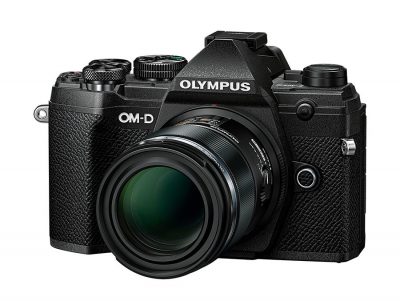 Olympus
Olympus
Olympus, like Fuji, are an older camera manufacturer that ended up transitioning quite early to mirrorless technology after developing the Micro 4/3 system with Panasonic in 2008. Therefore, most of what I said in the Panasonic section applies to Olympus too. However, whereas Panasonic tended to focus on video-oriented features, Olympus tried to be the brand that appealed to stills shooters. The earlier Olympus cameras had horrible video capabilities. More recent offerings have improved in this area, but Panasonic still wins on the video front. The problem is that Panasonic these days have also caught up in terms of stills shooting capabilities as well.
Verdict: If you want a compact Micro 4/3 camera, Panasonic seem like the better option. If you want a compact camera and are a stills enthusiast, look long and hard at Fuji APS-C cameras first.
Other brands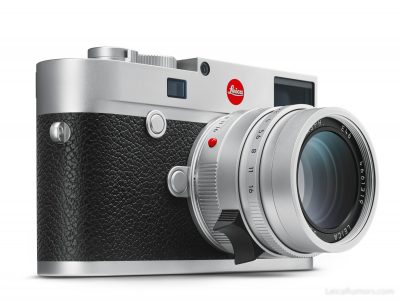
There are a number of other brands that make cameras, but I have focused on the major ones that probably 90% of people will end up choosing from. Pentax are a long-standing camera manufacturer with very good DSLRs and lenses. They still have a very dedicated following and user-base, but tend not to be on the cutting edge of innovation. Generally, you’ll know if you want one. Ricoh, essentially the same company, makes a few compact cameras that are quite innovative and rated highly for travel purposes. Hasselblad and Leica are traditional premium camera brands that still make cameras today. However, because a lot of the technology behind digital cameras today comes from Japan, most of these products tend to have the innards of cheaper cameras. Panasonic have a partnership with Leica, which means Leica make a lot of high quality lenses for the Lumix range of cameras, and Panasonic tend to make a lot of the electronics that go inside Leica bodies.
Again, these cameras tend to be reserved for enthusiasts who know that they want to use something for a specific reason. Those reasons tend to have more to do with personal sentiment than objective features or quality these days. All this is basically to say that if you want to buy a camera from a niche manufacturer, then you probably know what you are doing so go for it! If not, then it’s probably better to stick with one of the major manufacturers I discussed earlier.

